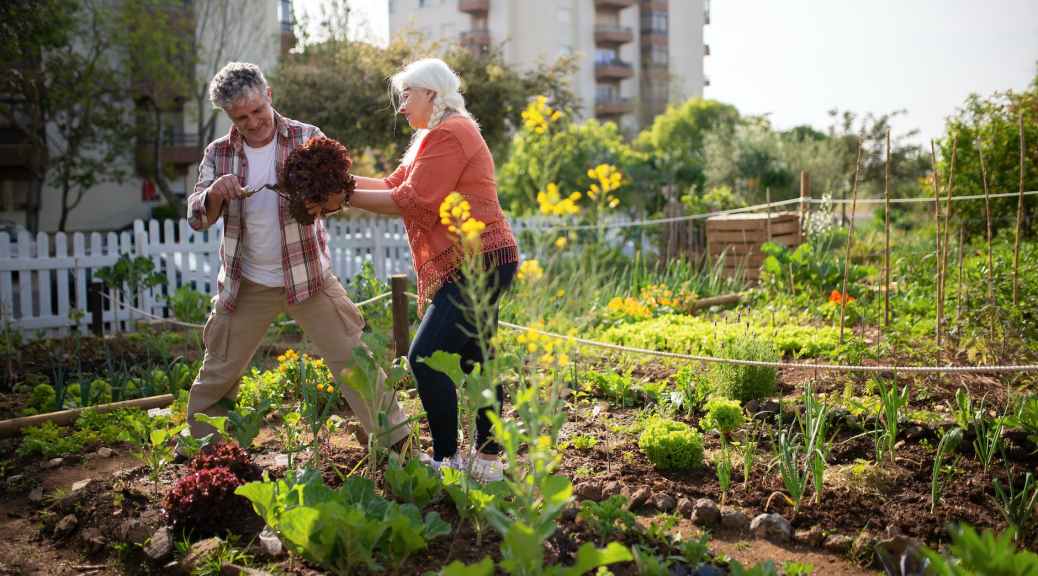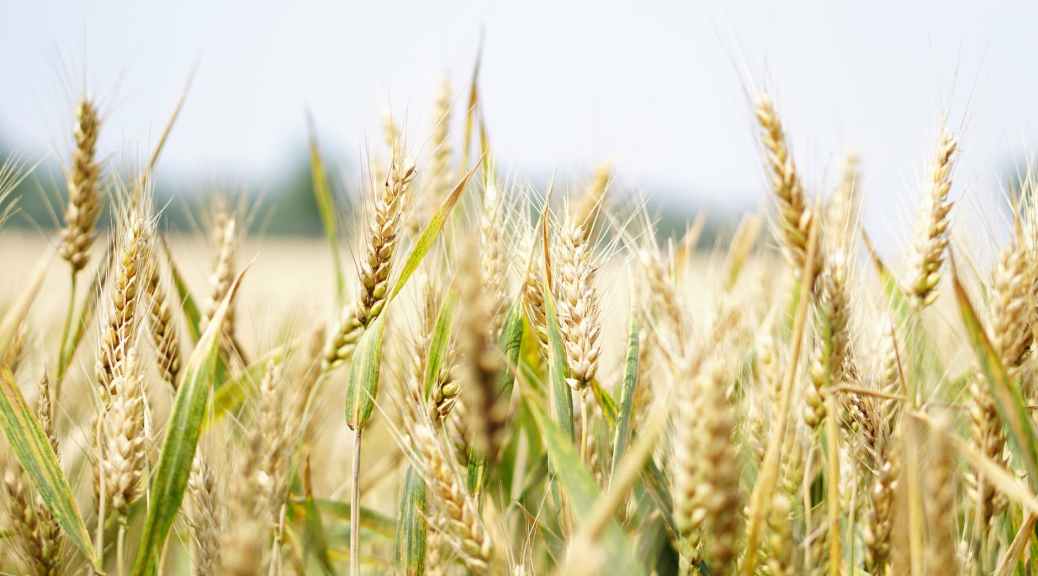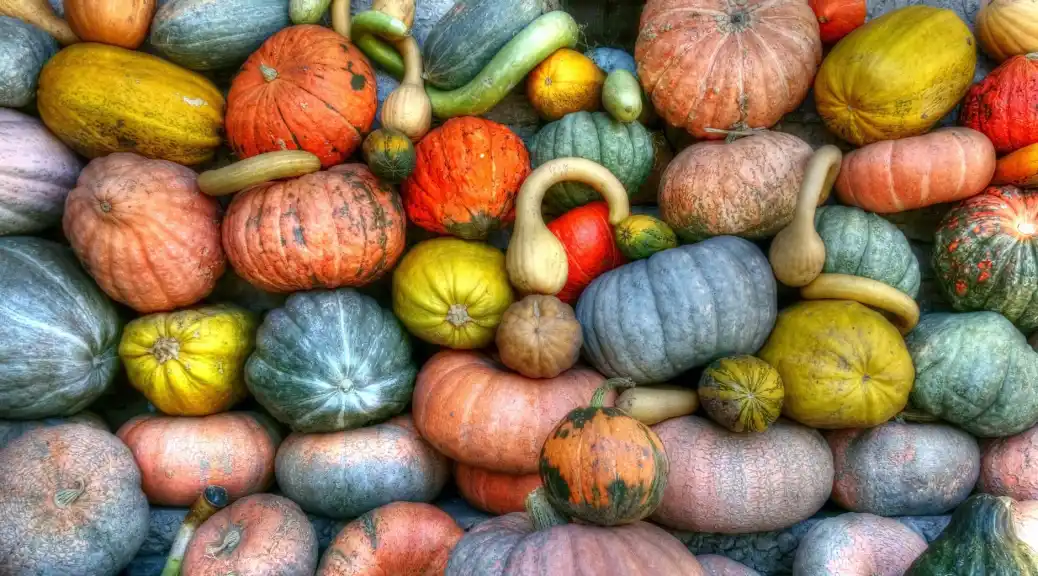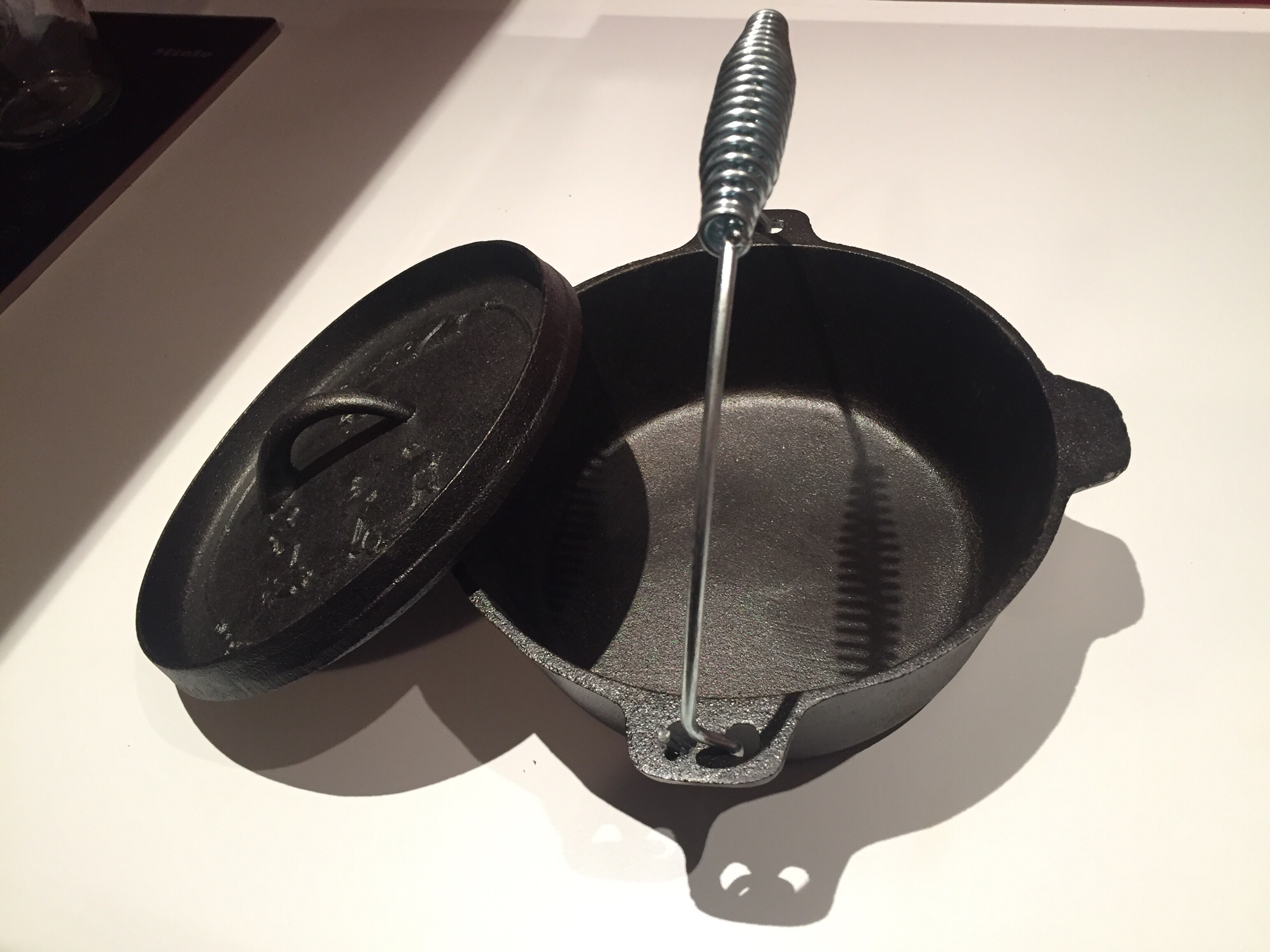Grains have been a staple food for humans for thousands of years, providing a reliable source of carbohydrates, protein, and other essential nutrients. Storing and preserving grains for future use is an important part of prepping, as it allows you to have a long-term supply of food in case of emergencies. In this article, we will discuss the best ways to store and preserve grains, including sorghum, corn, wheat, and other alternatives.
- Dry Storage
One of the most common and simple ways to store grains is in dry storage. This method involves storing grains in a cool, dry place with good ventilation. The ideal temperature for dry storage is between 50 and 70 degrees Fahrenheit, with humidity levels below 15 percent. Grains should be stored in airtight containers, such as glass jars or food-grade plastic buckets with tight-fitting lids.
- Vacuum Sealing
Vacuum sealing is another effective method of grain storage, which involves removing all the air from the storage container to prevent spoilage. This method is particularly useful for long-term storage of grains, as it can extend the shelf life of grains for several years. Vacuum-sealed containers can be stored in a cool, dry place, such as a basement or pantry.
- Freezing
Freezing is an effective method of preserving grains, particularly those that are prone to insect infestations, such as corn and wheat. Grains can be frozen in airtight containers or vacuum-sealed bags, and stored in the freezer for up to two years. To prevent moisture from forming on the grains during thawing, it is important to allow the grains to come to room temperature before opening the container.
- Dehydrating
Dehydrating is another effective method of preserving grains, which involves removing the moisture from the grains to prevent spoilage. This method is particularly useful for sorghum, which can be difficult to store due to its high moisture content. To dehydrate grains, spread them out in a single layer on a dehydrator tray, and dry them at a low temperature for several hours. Once dry, the grains can be stored in airtight containers.
- Mylar Bags
Mylar bags are a popular storage option for grains, as they are airtight and moisture-resistant. These bags can be purchased in various sizes, and can be used to store grains for long periods of time. To use Mylar bags, place the grains inside the bag, and seal the bag using a heat sealer. The bags can be stored in a cool, dry place, such as a basement or pantry.
- Oxygen Absorbers
Oxygen absorbers are small packets that are used to remove the oxygen from the storage container, which can help to prevent spoilage and extend the shelf life of grains. These packets can be placed inside airtight containers or Mylar bags, and can be purchased online or at specialty food stores.
- Silos
Silos are large storage containers that are used to store grains in bulk. These containers are often used by farmers and ranchers to store grains for animal feed, but can also be used for long-term storage of grains for human consumption. Silos should be stored in a cool, dry place, and should be inspected regularly for signs of moisture or insect infestation.
In conclusion, there are several effective methods for storing and preserving grains for future use, including dry storage, vacuum sealing, freezing, dehydrating, Mylar bags, oxygen absorbers, and silos. When storing grains, it is important to keep them in a cool, dry place, with good ventilation and low humidity levels. By following these tips, you can ensure that you have a reliable source of food for yourself and your family in case of emergencies.
When it comes to choosing which grains to store, it is important to consider their nutritional value and how versatile they are in cooking. Some of the most popular grains for long-term storage include sorghum, corn, wheat, rice, and barley. Sorghum is a great alternative to wheat for those with gluten intolerance, and it is also high in protein, fiber, and antioxidants. Corn is another versatile grain that can be used for making bread, tortillas, and other baked goods, and it is also a good source of carbohydrates and fiber.
Wheat is perhaps the most commonly stored grain, and for good reason. It is a great source of carbohydrates, protein, and fiber, and can be used for making a wide variety of foods, including bread, pasta, and cereal. When storing wheat, it is important to choose the right type of wheat, as some varieties are better suited for long-term storage than others. Hard red wheat, for example, is one of the most popular varieties for long-term storage, as it has a high protein content and is less prone to spoilage than other types of wheat.
In addition to these grains, there are several other alternatives that are worth considering for long-term storage. These include oats, quinoa, millet, and amaranth, all of which are high in nutrients and can be used in a variety of recipes. Oats, for example, are a great source of fiber and protein, and can be used for making oatmeal, granola, and baked goods. Quinoa is another highly nutritious grain, which is high in protein, fiber, and minerals such as iron and magnesium.
In summary, storing and preserving grains is an important part of prepping for emergencies. There are several effective methods for storing grains, including dry storage, vacuum sealing, freezing, dehydrating, Mylar bags, oxygen absorbers, and silos. When choosing which grains to store, it is important to consider their nutritional value and versatility in cooking. By following these tips, you can ensure that you have a reliable source of food for yourself and your family in case of emergencies.







You must be logged in to post a comment.